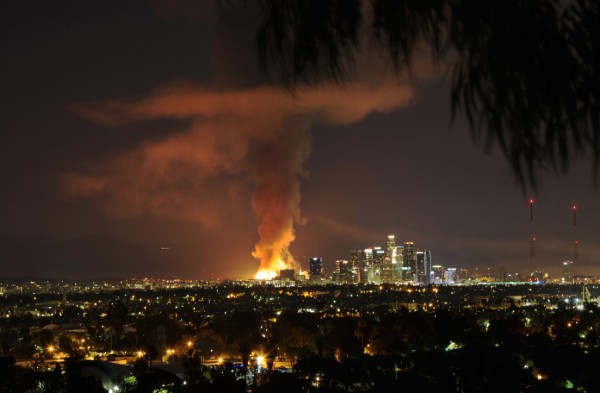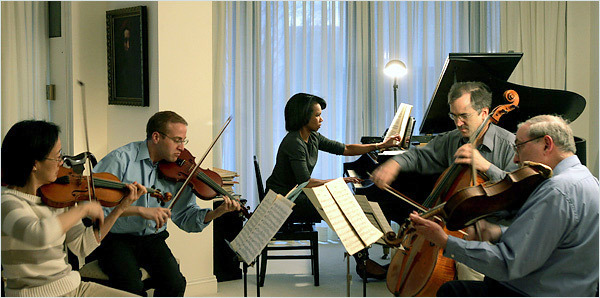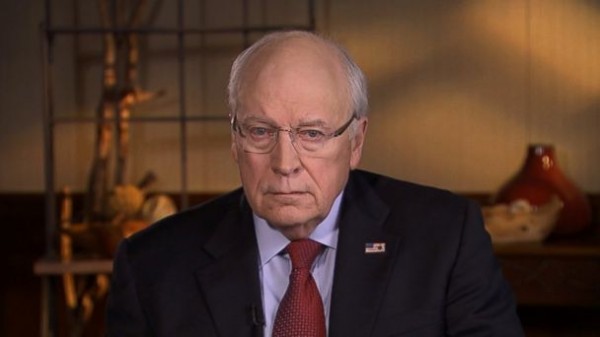Notes
The Beauty of LA Burning
Spectacular. Beautiful. Hauntingly Beautiful. Disturbingly beautiful. Terrifying and yet enthralling. Awe-inspiring, except that it shouldn’t inspire at all. Why does disaster dazzle the eye? How could the spectator not be faulted for enjoying a holocaust?
Such questions have dogged photography as if they were the sign of an original sin. The medium inadvertently exposed a disconcerting truth: the good, the true, and the beautiful are not transcendentally aligned. Not for us, anyway.
From comprehensive theoretical critiques to glib labels such as “disaster porn,” academics and pundits alike have faulted those who are drawn like moths to the flame of the disaster photo. Mark Reinhardt, Susie Linfield and other contemporary writers have tried to push back against such moralizing, but the suspicion of a guilty pleasure remains, and perhaps it should. There certainly is no lack of beautiful photographs of devastation, and the enjoyment, fascination, and safety of the viewer’s experience will not be remotely like the experience of many at the scene. But that’s true of all media, while first-hand experience itself can be inchoate, deluded, and otherwise not only mistaken but in need of precisely the distance, perspective, and other resources that art can provide to make sense of the world.
I won’t say that this photograph is likely to be needed by those closer to the fire, but it is a near-perfect example of how photojournalism continues to evoke a mode of seeing that is simultaneously highly aesthetic and yet focused on moments of disaster. No artistic stance is immune to misuse, but I think images such as this one are an important addition to public life, and not least because they reveal the seamless conjunction of beauty and moral hazard. Others pay so that we can see that destruction can be beautiful. They would have paid anyway, however, and your turn will come, so the hard truth is worth having.
Thus, I wasn’t being snarky when titling this post. LA burning isn’t beautiful because LA deserves to burn. LA burning is beautiful because we can see it that way. The interesting question is, what else does that allow us to see? In the photograph above, we might admit to the close conjunction of civilization and catastrophe. Note, for example, now the fire and the city towers are each offset from center while side-by-side. The eye is pulled to the blaze, but then to the gleaming buildings, and then perhaps pulled back a bit to encompass the wider cityscape that now seems aglow with thousands of smaller, safer fires. The hanging foliage and surrounding sky frames the city within a state of nature where elemental fires burn, ready to consume anyone foolish enough to ignore them. And yet the city is such an achievement within that frame. . . . As long as the blaze is contained, that is. The incredible dynamism of the city becomes framed by a logic of containment, with rupture sure to follow.
I suspect that there are many reasons we enjoy this view. Light dazzles us, and we like to be dazzled, as the many holiday decorations make clear. More nasty is the fact that there can be something liberating about destruction. Where some will see the city enduring and overcoming fires and other occasional spasms of destructiveness, others will sense the possibility of a city consumed in flames–if not in reality, at least close enough that one can feel it. For those who experience civilization as arbitrary repression or daily humiliation, destruction would become a fantasy of freedom. And the sheer, almost abstract destructiveness of a massive fire may promise a pure form of liberation.
At the end of the day, however, it does matter that the fire is in LA. In more than one art form, the city of angels has been America’s harbinger of the apocalypse. Perhaps this photograph’s visual hint of a mushroom cloud is part of that legacy. For whatever reason, and by several means, the message continues to be repeated. A visual spectacle may be the hook, or it may be part of the message. The question remains, what are we supposed to see?
— Robert Hariman
(cross-posted from No Caption Needed.)
(photo: Nancy Yuille/Associated Press)



Reactions
Comments Powered by Disqus